Norwell man, National Geographic, photographer dies at 75: See his famed half-sheared sheep
NORWELL − There is a deceptively small cedar shingled house here on Green Street that was built a century ago and gradually grew. If you go in the front door and turn right into the original section, you find a cozy kitchen, a small living room full of colorful figurines and a ladder leading to a guest bedroom above.
If instead you turn left, you pass through a sequence of rooms decorated with crafts from some of the most spectacular places in the world.
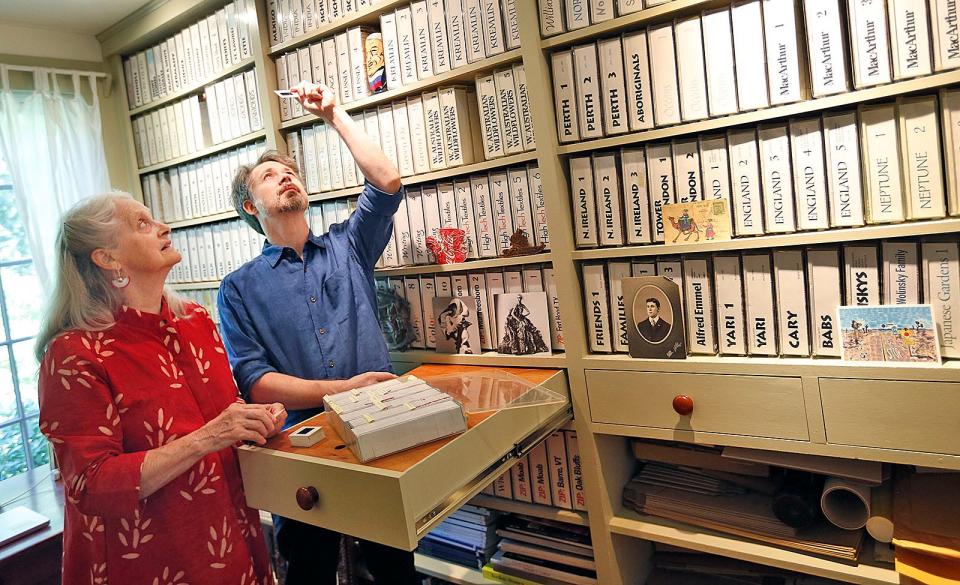
On an upper level in the back, you arrive at a wall of shelves filled with boxes, in turn filled with the slides of photojournalist Cary Wolinsky, most made during his 37 years of assignments for National Geographic. There are some 500,000 images on film.
Two dozen alone are marked "MacArthur" − World War II military leader Gen. Douglas MacArthur. Others are labeled for places − Japan, Sichuan, England, Europe, Russia, Africa, Papua New Guinea, Australia, Peru, India, China − and more abstract assignments that intrigued him, including the brain, color, wool, silk, diamonds, poison.
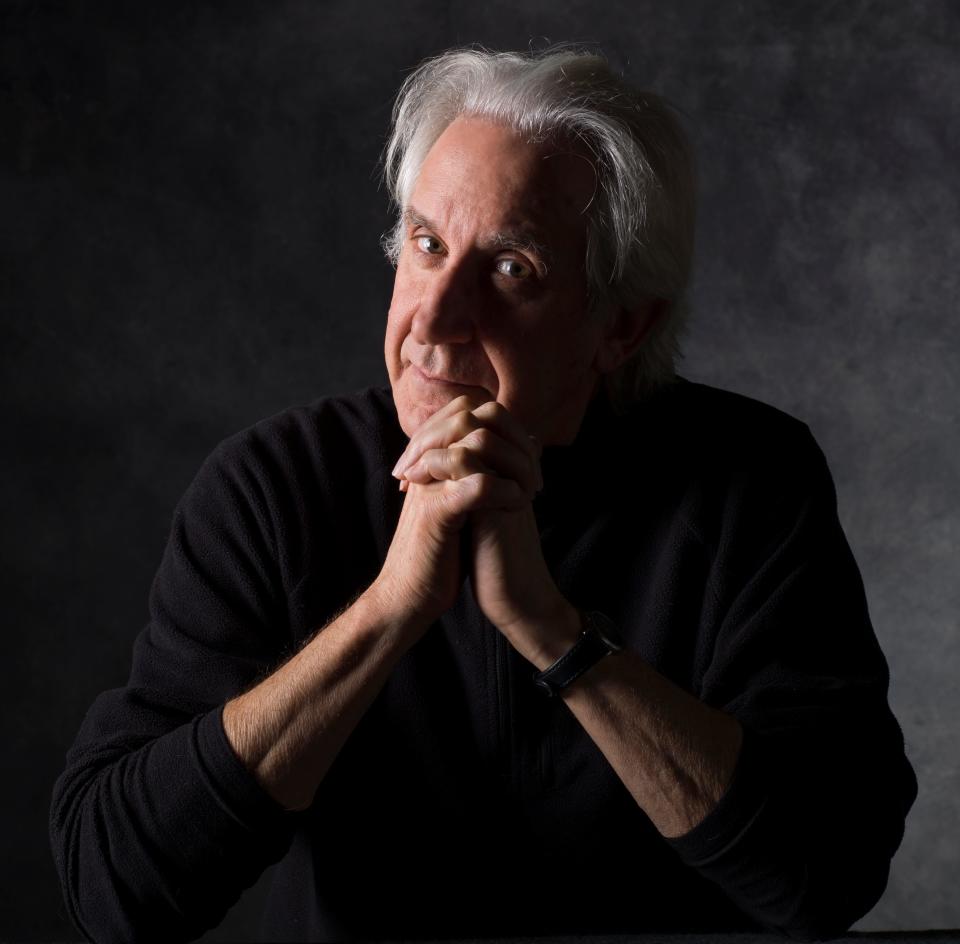
They are testaments to the constantly changing world of the ever-curious photographer who was driven by "a deep love for discovering things about the world and being able to share those," his son, Yari Wolinsky, a cinematographer and film director, said.
Cary Wolinsky, who died unexpectedly at age 75 in June, lived in this house for 50 years, although for the first 37, he was traveling for work much of the time. Often, his wife, Barbara "Babs" Wolinsky, an accomplished graphic designer, and Yari, from age 6 months on, traveled with him.
His sudden loss due to heart failure was a huge shock and his family issued a brief statement in July describing his legacy.
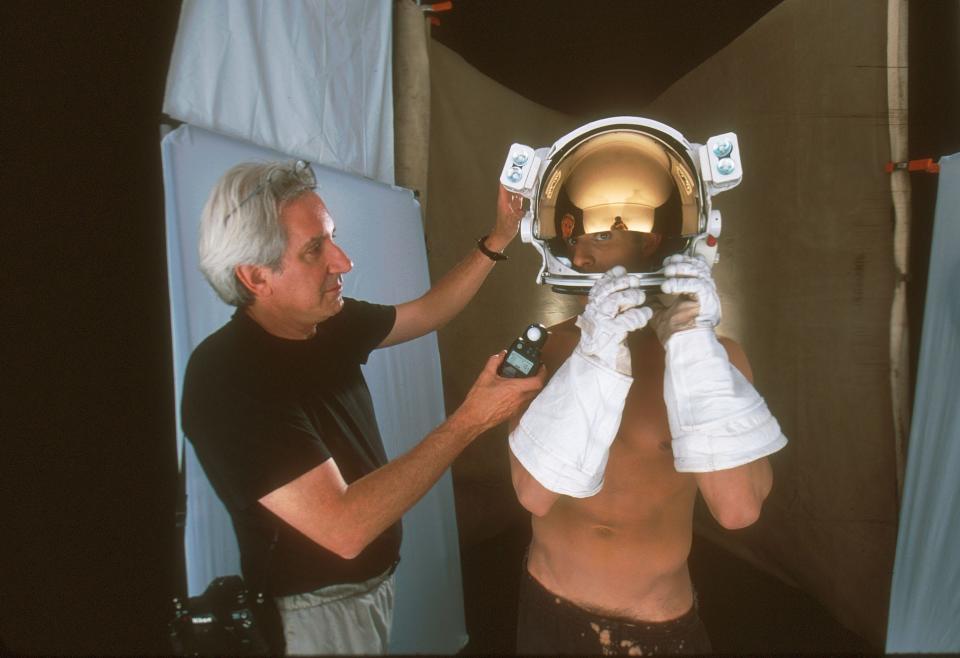
Wolinsky, they said, was a man defined by his generosity. He was "generous with his time and talent, his joy and enthusiasm, his trust and his respect. He was capable of truly seeing a person and treasured every unique and wild soul he encountered.
"He was a lover of the absurd and his curiosity was as big as the whole world. He always stopped to examine what others passed by.
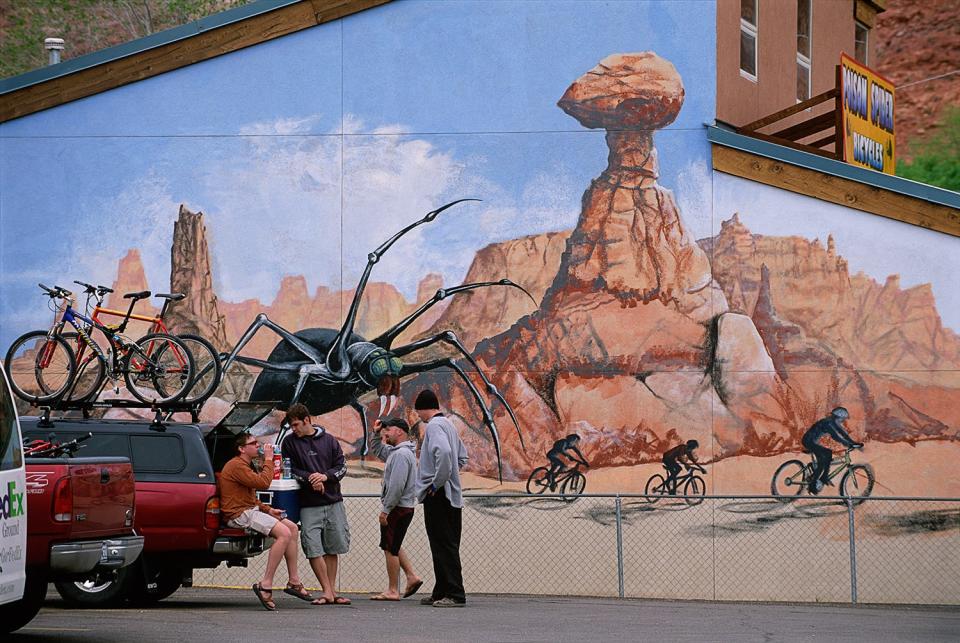
"If there was beauty in any moment or any place, Cary would find it. The light he always looked for, the light that inspired him as an artist, is the light he brought into our lives and into the lives of others."
On Sept. 9, 150 people gathered at the Wolinsky home for a celebration of his life. It was a rainy day. Improvising, just as Cary had on his travels, people held umbrellas for one another to pass from the large tent to the studio, where Yari and his partner, Amber Czapranski, work. Many stories were told of what former Geographic colleague Cathy Newman has described as his "quicksilver mind."
Cary Wolinsky's most well-known image, his son said, is that of a half-shorn sheep. For a 1988 series on fabrics, including wool, he wanted to find an image showing a season's growth of wool on a sheep. In Australia, he hired a professional sheep shearer to clip just one side of a sheep − an almost impossible task without bloodying the sheep − to make the point in his profile view. It took 23 sheep before one stood still long enough for him to snap the image.
Finding the humor in surprising images
"Mr. Wolinsky had a gift for turning a complicated, abstract idea into an arresting image and, a rarity in photography, teasing out its humor," Newman wrote in The Photo Society. For a project on diamonds, he photographed a large, ripe strawberry with pavé diamonds over the seeds.
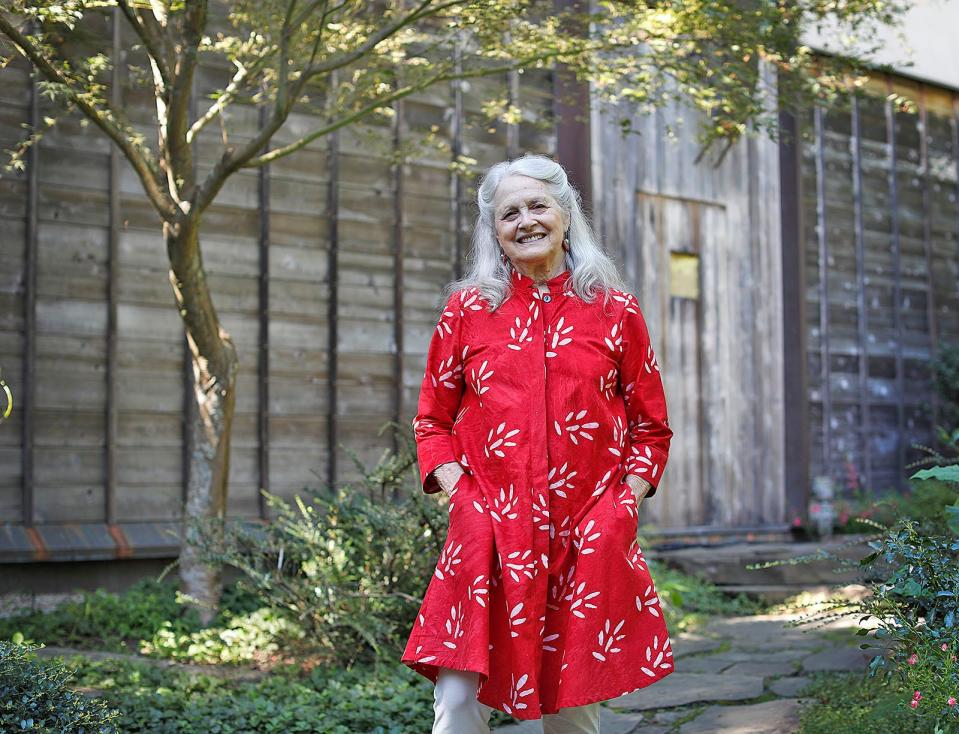
In an interview last week, Babs and Yari Wolinsky talked about how Cary worked.
Babs recalled watching how he developed a picture story on the human mind that explored whether certain emotions such as a fear of snakes is hard-wired. He engaged an Australian snake handler who worked with children. His photo shows a newborn baby, lying naked as if in a cradle, with a large olive python curled around him, the snake's head resting on the baby's head, warm and cozy.
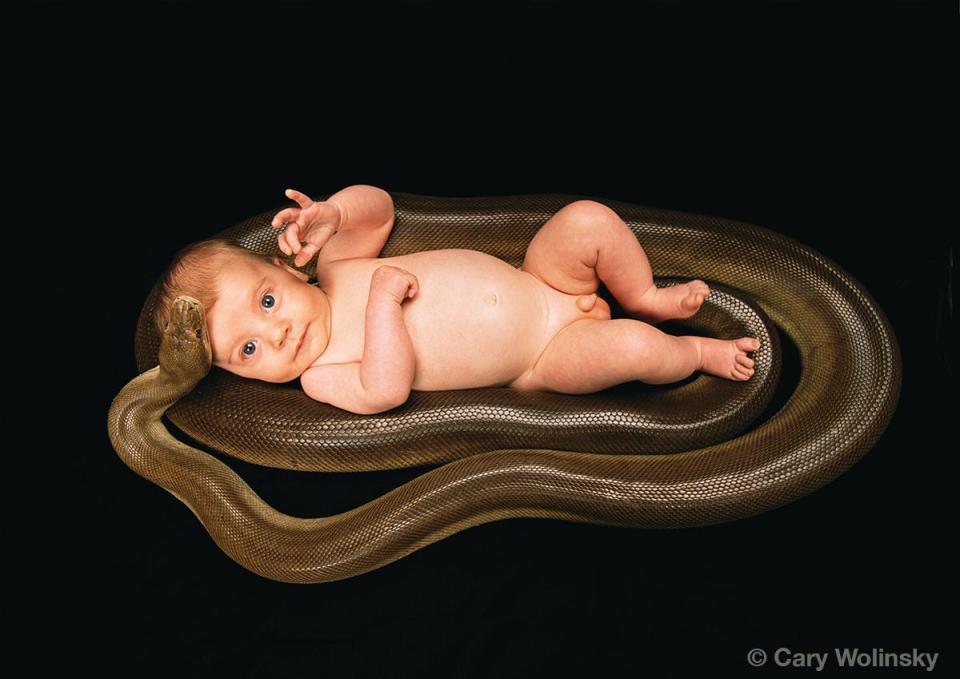
"My father was always a dreamer of images," Yari said. "He would take on projects like the human mind that are very hard to visualize."
In 1984, he traveled to Sichuan, China, to photograph the Jiuzhaigou (Pearl Shoal) waterfall, where Tibetan herdsmen would weekly cross the waterfall crest on horseback.
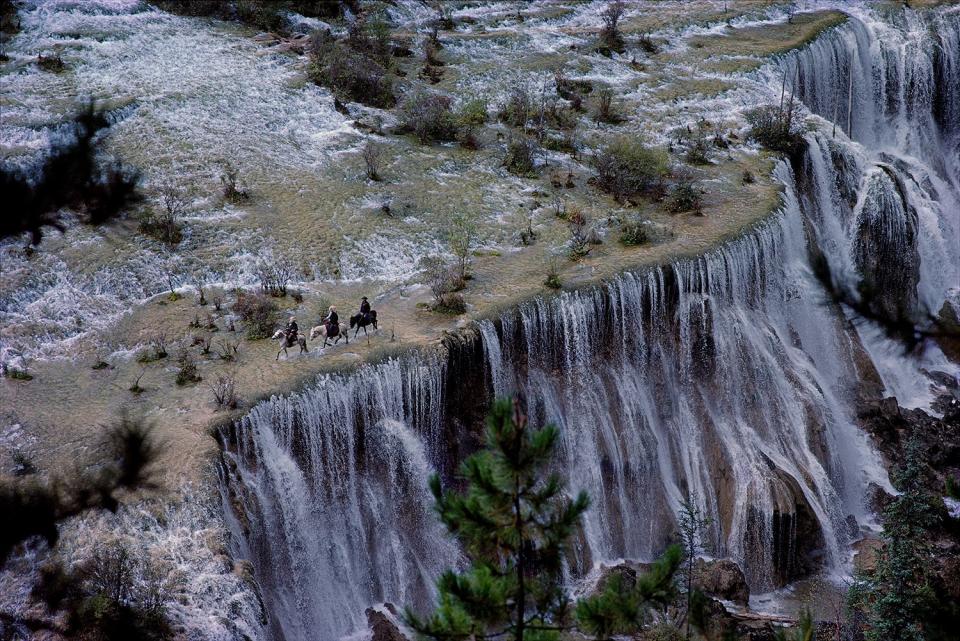
Babs described how he waited days for the horsemen and then early one market day morning, he climbed the mountain opposite the waterfall to secure a good view. Near the top, he could hear but not see the roaring waterfall.
"Fortunately, a team of loggers created a rope swing to hoist my camera equipment and me into a tree," Carey wrote afterward. "From my airborne perch I could make a sequence of photographs as the horsemen rode by." The waterfall collapsed in an earthquake in 2017.
Cary Sol Wolinsky grew up in a glass manufacturing town near Pittsburgh. His father was selected to be a glider pilot and photographer in Europe in World War II. Cary had his own basement darkroom by age 12.
Traveling the world was the perfect job
In high school, Babs said, a counselor told him he had no idea what Cary would become.
"You're interested in way too many things" to know, the counselor said. It turned out, she said, that "being a photographer for the Geographic was the perfect thing for him to do."
The two met in Brookline and Cambridge in the early 1970s. She was studying design; Cary had enrolled in Boston University's photojournalism program in 1965 and became the first photographic intern at The Boston Globe in 1968, covering the Vietnam protests and unrest.
Instead of grad school, he chose to go freelance and in 1972 began his 37-year career at National Geographic. He produced picture essays in 25 countries.
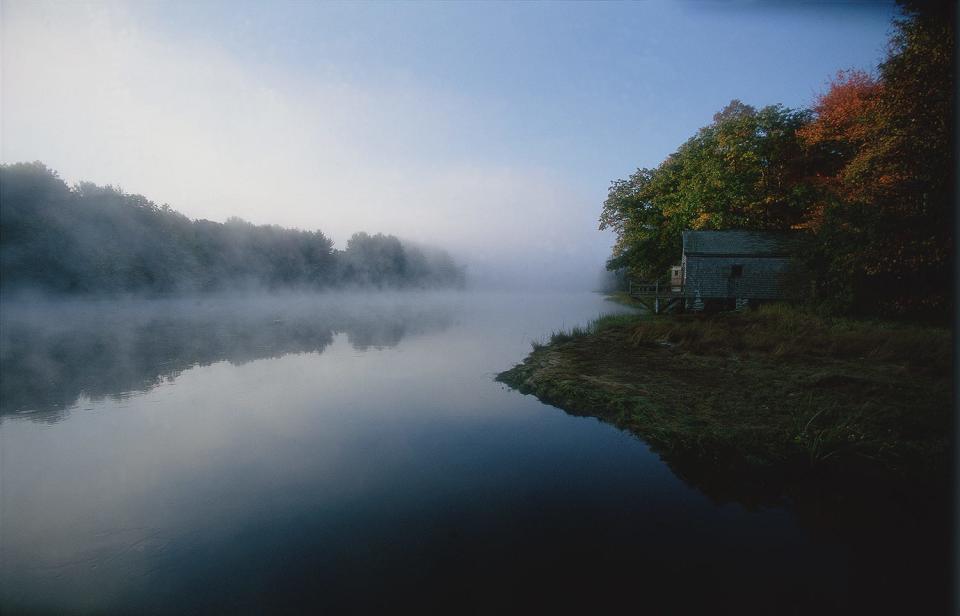
Although traveling much of the year, when he was home he became involved in Norwell issues, including the preservation of the Stetson Meadows natural landscape and supporting the North and South Rivers Watershed Association, where he served on the advisory committee.
In 2020, just after the pandemic began, he and Yari began rising before dawn to go kayaking the North and South rivers to shoot footage for the NSRWA 50th Anniversary Film.
"He got excited about our work," Samantha Wood, the association director, said. "He was a member for many years and helped us with fundraising. And when climate change rose as an issue, he and Yari began a series of short educational documentaries on the environmental work of other groups and individuals through their Trillium Studios and Turnaround Films."
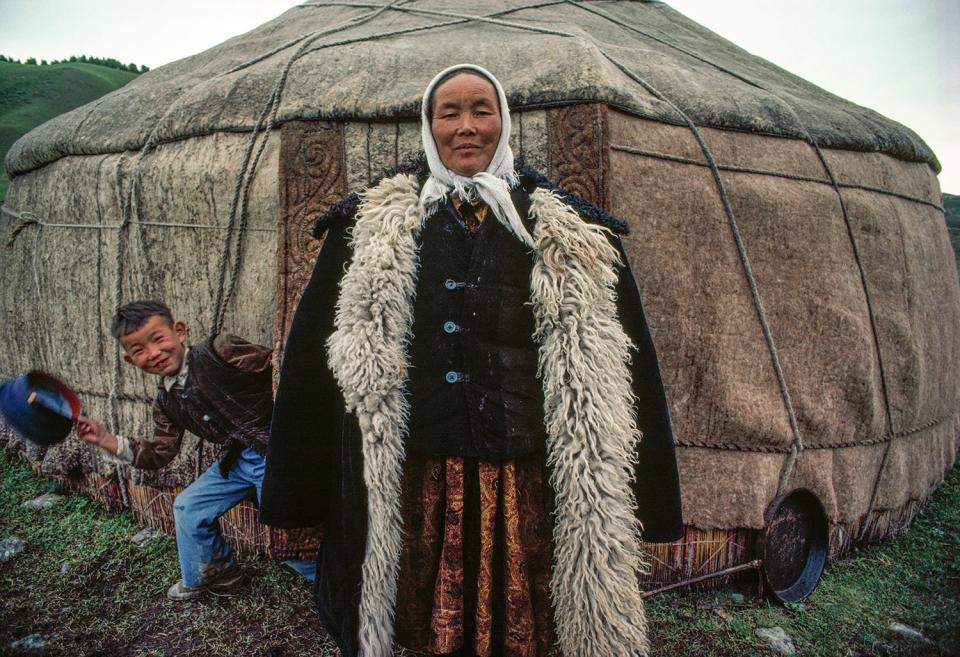
In 2015, he and Yari worked with Handshouse Studio in Norwell to create a film of Rick and Laura Brown's rebuilding of a destroyed Polish synagogue.
His family is now hoping to preserve his legacy through "the amazing archive of images he left behind" and was organizing when he died.
"We are looking for a means to create a permanent home for them," Babs said.
Reach Sue Scheible at sscheible@patriotledger.com.
This article originally appeared on The Patriot Ledger: Wolinsky, photographer for National Geographic, dies at 75

